How To Get Sharpie Off Skin: Ways, Tips, And Precautions
Navigate those especially colorful emergencies with our all-inclusive guide.
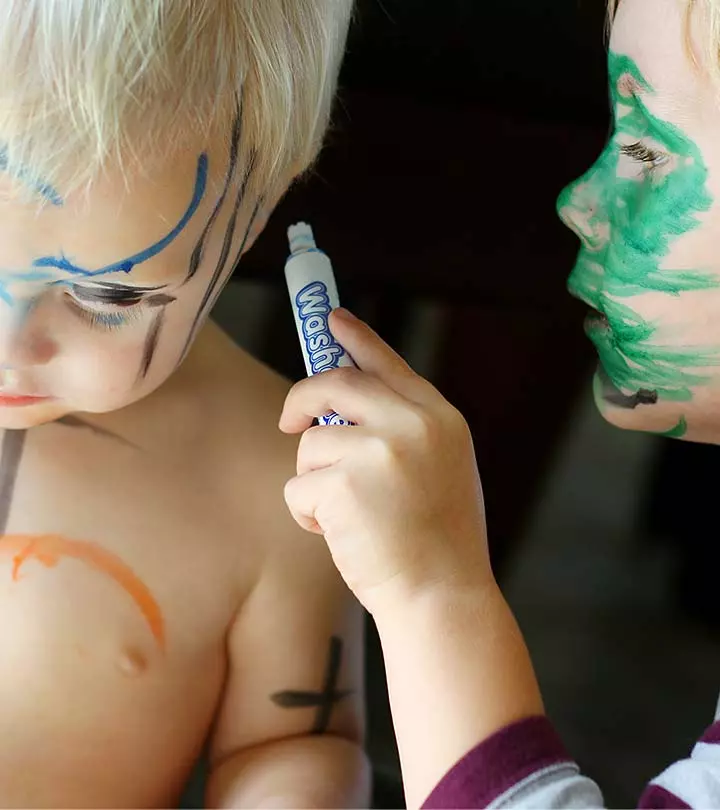
Image: Shutterstock
Ever struggled to figure out how to get Sharpie off your skin? Permanent markers, such as the well-known brand Sharpie, can be used on several surfaces (like plastic, wood, metal, clothes). They are made with a particular ink derived from chemicals like xylene and toluene that lasts for a long time. The marks they make can take a few days to fade because most permanent markers are fade-resistant and quick-drying. Getting marks from permanent markers on your skin can be frustrating as they are quite difficult to remove. We always get worried and doubt does Sharpie come off the skin or not! But, don’t worry – we have found a few tricks to help you get rid of them quickly! You can safely experiment with any of the methods listed below. Keep reading to know more about how to get Sharpie off the skin!
 Did You Know?
Did You Know?In This Article
How To Remove Permanent Markers From Skin?
A Sharpie mark on your skin can go away in a few days with your regular washing and bathing, but if you are in a hurry, you can try out the below household items to get rid of those faster. These tips will guide you through easy ways to get permanent markers off the skin.
 Quick Tip
Quick TipSharpie pens with the “non-toxic” label may not cause major harm with accidental marks on the skin, but they are still unsafe for body art or other intentional use on the skin.
Looking after kids can be a task. Sometimes you are looking up how to get paint off your skin, other times a sharpie. But the good news is, there are home remedies for almost everything, and most of them are easily available in your kitchen.
Household Items
- Sea Salt Scrub

Sea salt is known to be a natural exfoliant. When mixed with warm water, it can gently help the marks to come off (1). Be careful not to rub it too harshly as it could irritate or scrape the skin.
- Measure and mix equal parts of coarse sea salt and warm water to form a paste. Usually 1 tablespoon is enough. You might need more, if it is all over the body.
- Gently massage the paste on the painted area for a few minutes.
- Rinse off with lukewarm water.
- Pat dry and apply moisturizer.
- Repeat twice a day.
Using this sea salt scrub twice a day would help remove the top layers of ink while exfoliating the skin. While this may not erase the complete ink immediately, it would certainly help fade it out enough to not be noticeable.
- Olive Oil Or Coconut Oil

Olive oil and coconut oil being easily found in most households can come in handy in “body paint” emergencies. Oil not only acts as a moisturizer, but it also helps maintain your skin barrier. These natural plant oils also help ease any skin irritation or inflammation (2).
If you use olive oil or coconut oil as a body massage oil or moisturizer regularly, then chances are the permanent marks aren’t that permanent yet. The oil coats your skin’s upper layer forming a barrier between your skin pores and the permanent ink (3). Further, when applied to remove the stains, it can attach itself to the pigments in the permanent ink and help lift those out gently.
- Take some olive or coconut oil in your hand.
- Rub it all over the marks in gentle circular motions.
- Wipe it off with a paper towel, washcloth, or cotton swab to lift away the ink.
- Rinse off the oil residue with a mild soap and water.
- Repeat as required.
As with most natural methods, this might not remove the complete stain immediately but can significantly reduce the pigmentation and intensity. Some people have also found using almond oil effective in removing the marker stains. Though you should be careful about using oils like tea tree oil which could be harsh and irritating for delicate skin (4).
- Baby Oil
The idea behind using baby oil is the same as the above oils. It can attach with the excess oil on the skin and the marker ink to help remove the ink pigments. Baby oils have the added advantage of being exclusively tested and approved for babies skin. Being very gentle, it can be your first choice in removing permanent marker stains from your child’s body. A gentle application will resolve the query of how to get marker off the skin.
- Take some oil in your hand.
- Apply it gently to the affected area.
- Massage it in with light circular motions.
- Wipe it off with a wet washcloth.
- Rinse off any excess residue with a mild cleanser.
- Repeat 2-3 times a day.
Like other natural home remedies, you might need to repeat this a couple of times a day to get rid of the marker stains completely. While using it on your baby’s face or hands, be careful to avoid any contact with the eyes, nose, or mouth.
- Banana Peel

As per anecdotal evidence, some people have also found banana peels useful in removing permanent markers off skin.
- Unpeel 1 ripe banana.
- Rub the inside of the peel on the marker-painted area in circular motions.
- Continue for a few minutes.
- Rinse off with water.
- Repeat with another peel.
- Butter
When you don’t have any other oil or lotion at home, you can use butter for its similar properties.
- Start by taking a small portion of butter.
- Smear it over the marker stain.
- Wait for a couple of minutes.
- Gently rub the butter onto the marker stain with a soft cloth.
- Continue rubbing till the stain gets faded and removed.
- Rinse off with warm water and a mild cleanser.
- Toothpaste And Mouthwash

The toothpaste that helps lighten the stains on your teeth might also come in handy in potentially lightening the permanent marker spots on your skin. Follow it up with your alcohol-based mouthwash to erase it further.
- Squeeze out enough toothpaste to cover the painted area.
- Rub it gently into the skin using your fingers. The toothpaste exfoliates the top layer of the skin, helping to remove the ink.
- Add a little bit of an alcohol-based mouthwash to a damp washcloth.
- Rub it in gently to let it work into the skin.
Mouthwash works like any other alcohol-based product in removing the stains, albeit safely.
In case you don’t have any of the above in hand or can’t wait for these natural oils to work, you can use any of the lotions and creams commonly found at home mentioned below.
 Fun Fact
Fun FactSharpies are the preferred writing tools used by astronauts in the International Space Station. The pens are capable of working smoothly in zero gravity.
Creams And Lotions
Kristen, a blogger, offers a simple solution of applying lotion for dealing with Sharpie mishaps on a child’s skin. She says, “I learned a neat trick for removing Sharpie ink from the skin during my 11-year stint as a bartender in a music club (i).”
- Sunscreen
Sunscreens, especially the spray-on and quick-drying kinds contain alcohol. This helps dissolve the ink pigments of the permanent marker.
- Spray enough sunscreen to cover the marker-stained area.
- Let it stay on and sink in for a few moments.
- Use a paper towel or washcloth to wipe it off.
- Repeat at regular intervals to erase it off completely.
Alternatively, you can also spray some sunscreen on the paper towel and use it to wipe off the marker stain.
- Shaving Cream
Shaving cream usually contains a blend of oil and soap. Both these components can be helpful in lifting off the ink from the skin.
- Take enough shaving cream in your hand to cover the affected area.
- Leave it on for sometime to let it sink in and work on the ink stain.
- Using a damp washcloth, work the shaving cream onto the skin.
- Rinse off with lukewarm water and pat dry.
- Apply moisturizer to soothe the skin.
- Repeat as required.
Chemical-based Removers
Household chemical-based cleansing products and removers usually contain some amount of alcohol that can help remove permanent marker pigments in urgency.
- Rubbing Alcohol
Applying rubbing alcohol is probably one of the quickest ways of removing permanent marker from skin
. It is usually available in pharmacies or drugstores. You would need a strength of 90% or higher to make it work faster.
- Dip a cotton ball in some rubbing alcohol.
- Apply it to the marker stain and let it work for a few seconds.
- Wipe away gently with the cotton ball. Avoid rubbing, as that might cause skin irritation.
- Repeat a few times until the mark is gone.
- Moisturize the area with any dermatologist-approved moisturizer.
- Nail Polish Remover

Nail polish removers with their acetone and alcohol content are usually effective in removing markers from skin.
- Take 2-3 drops of nail polish remover on a cotton ball.
- Dab it on the marker-painted skin.
- Hold it in place for some time to let it work on the stain.
- Wipe away gently.
- Repeat as needed.
- Hand Sanitizer
Another alcohol-based product usually found in our homes and travel bags these days, is hand sanitizer.
- Apply a few drops of hand sanitizer onto the marked skin.
- Rub gently with a soft cloth or cotton ball.
- Repeat this process at intervals to remove the Sharpie stain completely.
- Makeup Remover
Makeup removers, especially the ones for waterproof eye makeup, can help remove the marks of Sharpie on skin as well
. Since it is safe for the eyes and works on waterproof makeup, it would also work well on Sharpie ink pigments.
- Take 3-4 drops of makeup remover on a cotton ball.
- Dab it onto the affected area and hold for sometime.
- Massage it in circular motion for a few seconds.
- Rinse off gently with warm water.
- Baking Soda And Water
Another common multitasking cleansing chemical found in our homes is baking soda. It is known to work on any kind of stubborn stain, so might as well work for those Sharpie marks.
- Mix one teaspoon of baking soda with just enough water to form a paste.
- Rub into the skin for a minute or two.
- Rinse off with warm water.
Alternatively, baking soda mixed with toothpaste will be doubly as effective and help you get rid of the marker stains faster. Dr. Thomas Jeneby, a board-certified plastic surgeon, says, “Using harsh chemicals to speed removal risks irritating sensitive skin. Eczema or psoriasis patients may flare up. In my practice, patients use mild cleansers and moisturizers as the ink breaks down. Scrubbing or bleaching the area disrupts natural exfoliation and often fails to remove the ink, causing discomfort. Gentle massage helps the ink migrate from the dermis in time.”
Other than the above, your hair spray, perfume or dishwashing liquid might come in handy as well in removing the stubborn Sharpie stains. Going further, we have a few tips and precautions to help you assist in removing the permanent marker ink safely and effectively.
Key Takeaways
- Sharpies have quick-drying and fade-resistant formulas, which makes getting their marks off your skin quite difficult.
- You can use sea salt scrub, olive or coconut oil, baby oil, or banana peel to get Sharpie marks off your skin.
- Shaving cream, rubbing alcohol, and nail polish remover are some other options you can try.
Tips And Precautions To Get Sharpie Off Skin
- Choose Skin-safe Ink
While Sharpie stains can be occasional and accidental, they should only be used on their intended surfaces. You should not use permanent markers on your skin to make any sort of face painting or tattoo as it is not meant for use on skin. If you are interested in making tattoos or body art, you can get skin-safe markers specifically designed for that. Those are also waterproof but free of any harmful chemicals.
- Keep Child-appropriate Markers
Try to keep permanent markers out of reach of small children. Keep child-friendly markers and paints at easily accessible spots around the house. There are many kinds of erasable and washable markers available for kids that can be used for face and body painting. Similarly, keeping canvases and drawing boards handy for kids would encourage them to use it more often than scribbling markers on their skin.
- Always Do A Patch Test
Whenever you are applying any non-skin product to your skin for the first time, make sure to do a patch test first. Apply a little bit onto a hidden spot on your body and wait for sometime to check for any irritation or allergy. Once you are assured of its safety, then only go ahead and use it to remove the Sharpie marks off your skin.
- Avoid Eye And Mouth Contact
While using any cream or lotion on kids’ skin, be careful to avoid any contact with eyes, mouth or hands. Even if it is baby oil or lotion, you should avoid it near the eye and mouth area.
- Alcohol Is Flammable
While using household items like nail polish remover, hand sanitizer or any spray that contains alcohol, be careful that the kids are under adult supervision. Alcohol easily evaporates in the air and is highly flammable (5), (6).
Also, undiluted use of products like vinegar, alcohol, and spirit may cause allergies or burns in some people. In case of any irritation, wash it off immediately.
- Risk Of Friction Burn
Do not manually rub the area in an attempt to remove the pigment. It can cause friction burns and make your skin more sensitive. You can use concealer to hide any remaining pigment.
Wondering how long it takes to get Sharpie off your skin? Find out in the next section.
How Long Does It Take To Get Sharpie Off Skin?
With the natural oil secretion of our body, and regular bathing and washing, Sharpie marks can come off on their own in a few days. Dr. Jeneby says, “As a board-certified plastic surgeon with over 19 years of experience, I know Sharpie ink typically fades from the skin in 7 to 14 days.” With rubbing alcohol or any other chemical-based removers, you can get the Sharpie off your skin the fastest. Usually, with all other natural oils and household items, it might take repeated use for 1-2 days to remove the Sharpie marks completely.
Dr. Jeneby adds, “Darker skin reacts with more melanin, trapping ink longer. Sun protection is key. While waiting for the ink to clear in 2 weeks, patients should avoid sun exposure and use broad-spectrum sunscreen. Harsher techniques usually do more harm than good. With patience, the body clears Sharpie ink on its own.”
But what happens if you do not get rid of Sharpie ink from your skin? Will it cause any health issues? Let us find that out in detail in the following section.
Is Sharpie Ink Toxic?
Sharpie markers are certified as non-toxic. However, they contain xylene and toluene, which may pose serious health hazards. Exposure to liquid xylene may cause skin cracking and peeling as well as skin inflammation, defatting, redness, and blisters (7). Also, short-term inhalation of mixed xylene in humans results in irritation of the throat, eyes, and nose. According to a study, it was found that low-level exposure to mixed xylene and toluene may also lead to incoordination, memory loss, dermatitis, and pharyngitis (8). Since the ink is composed of these ingredients, it is always best to remove it from your skin as soon as possible.
Infographic: 4 Effective Ways To Remove Permanent Marker From The Skin
Sharpies are commonly used in a variety of settings, including homes, offices, and schools. If you have ever accidentally got it on your skin, you know how difficult it can be to remove. You need patience and time to get the job done. The below infographic discusses the top ways to remove sharpie off the skin using readily available household items. Take a look to know how to remove permanent markers from the skin!

Illustration: StyleCraze Design Team
Permanent markers would disappear off your skin over time due to repeated washings and the natural oil production of your pores. But if you have a special occasion coming up and are thinking about how to remove Sharpie from the skin any of the home items listed above can help. To avoid irritation or injury, you should avoid scrubbing or rubbing your skin too forcefully. Also, check the ingredients and perform a patch test before using anything on your skin for the first time. If you get rashes or swelling due to the permanent marker’s ink, you should see a doctor rule out any allergic reactions.
Frequently Asked Questions
What steps should I take if a Sharpie stain remains after multiple attempts?
If a Sharpie stain persists, try rubbing alcohol, hand sanitizer, or a gentle exfoliant. Wash with warm soap water and moisturize afterward to avoid skin irritation. You may consult your dermatologist as well, especially if you have sensitive skin and the above remedies have the potential to irritate your skin.
Can you get ink poisoning from drawing on yourself with a Sharpie?
No. You cannot get ink poisoning from drawing on the skin with a Sharpie.
Does hydrogen peroxide remove Sharpie?
Yes. You can use hydrogen peroxide to remove Sharpie from your skin. Pour it on a paper towel or washcloth and gently rub the stain to lighten it.
Does bleach remove Sharpie?
Yes. Bleach can help remove Sharpie. However, you should use diluted bleach (1/7 parts with water) to dissolve the ink.
Illustration: How To Get Sharpie Off Skin: Useful Products Tips And Precautions

Image: Stable Diffusion/StyleCraze Design Team
Struggling to get a permanent marker off your skin? Watch this video to learn how to easily remove it!
Personal Experience: Source
StyleCraze's articles are interwoven with authentic personal narratives that provide depth and resonance to our content. Below are the sources of the personal accounts referenced in this article.
i. How to Remove Sharpie from Your Kid’s Skinhttps://dubiousdomestic.blogspot.com/2013/10/how-to-remove-sharpie-from-your-kids.html
References
Articles on StyleCraze are backed by verified information from peer-reviewed and academic research papers, reputed organizations, research institutions, and medical associations to ensure accuracy and relevance. Read our editorial policy to learn more.
- Skin Care with Herbal Exfoliants
https://www.researchgate.net/publication/224892687_Skin_Care_with_Herbal_Exfoliants - Anti-Inflammatory and Skin Barrier Repair Effects of Topical Application of Some Plant Oils
https://www.ncbi.nlm.nih.gov/pmc/articles/PMC5796020/ - In Vivo Investigations on the Penetration of Various Oils and their Influence on the Skin Barrier
https://pubmed.ncbi.nlm.nih.gov/22092829/ - Tea Tree Oil: Contact Allergy and Chemical Composition
https://onlinelibrary.wiley.com/doi/full/10.1111/cod.12591 - Isopropyl Alcohol
https://www.sciencedirect.com/topics/engineering/isopropyl-alcohol - Safely Using Hand Sanitizer
https://www.fda.gov/consumers/consumer-updates/safely-using-hand-sanitizer - Medical Management Guidelines for Xylene
https://wwwn.cdc.gov/TSP/MMG/MMGDetails.aspx?mmgid=291&toxid=53#:~:text=Xylene%20can%20cause%20skin%20inflammation,toxicants%20absorbed%20through%20the%20skin. - A review of environmental and occupational exposure to xylene and its health concerns
https://www.ncbi.nlm.nih.gov/pmc/articles/PMC4743476/
Read full bio of Dr. Sameeksha Chand
- Dr. Thomas Jeneby is a plastic surgeon with over 22 years of experience. He graduated from the University of Pennsylvania and now runs a private practice in San Antonio, USA. He is also the CEO of Plastic and Cosmetic Center South Texas, Spa Black Med Spa, and Palm Tree Surgicenter. Dr. Jeneby has performed over 9000 breast, tummy, nose, eyes, and face revisions in the course of his career. His exceptional work led him to being appointed Diplomat for the American Board of Plastic Surgery.
 Dr. Thomas Jeneby is a plastic surgeon with over 22 years of experience. He graduated from the University of Pennsylvania and now runs a private practice in San Antonio, USA. He is also the CEO of Plastic and Cosmetic Center South Texas, Spa Black Med Spa, and Palm Tree Surgicenter. Dr. Jeneby has performed over 9000 breast, tummy, nose, eyes, and face revisions in the course of his career. His exceptional work led him to being appointed Diplomat for the American Board of Plastic Surgery.
Dr. Thomas Jeneby is a plastic surgeon with over 22 years of experience. He graduated from the University of Pennsylvania and now runs a private practice in San Antonio, USA. He is also the CEO of Plastic and Cosmetic Center South Texas, Spa Black Med Spa, and Palm Tree Surgicenter. Dr. Jeneby has performed over 9000 breast, tummy, nose, eyes, and face revisions in the course of his career. His exceptional work led him to being appointed Diplomat for the American Board of Plastic Surgery.
Read full bio of Eshna Das
Read full bio of Anjali Sayee
Read full bio of Swathi E






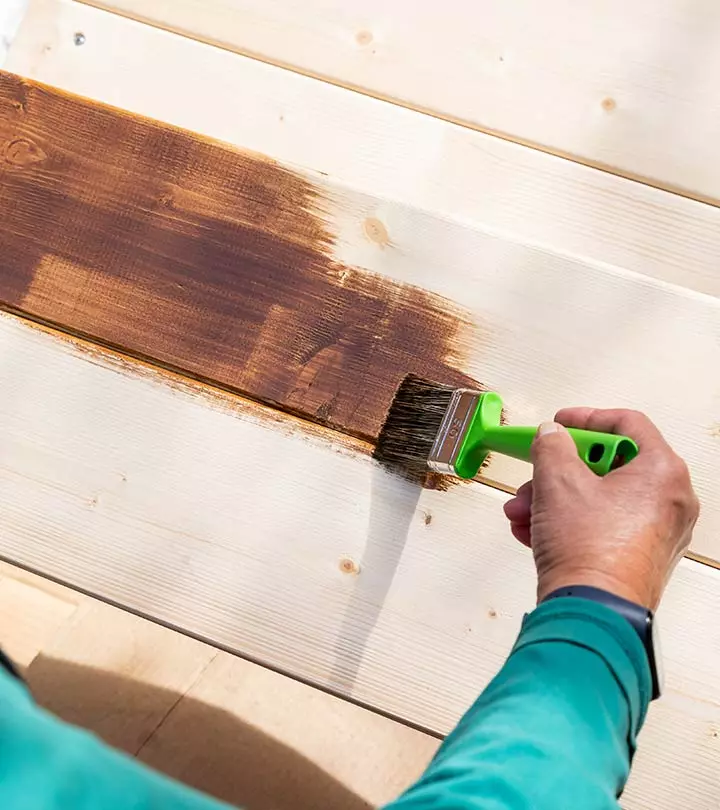
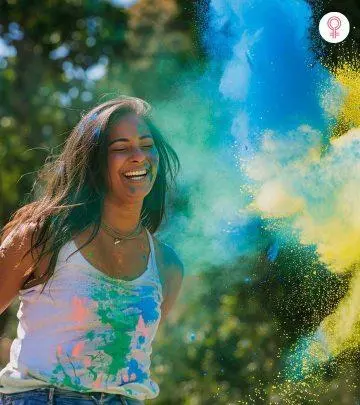
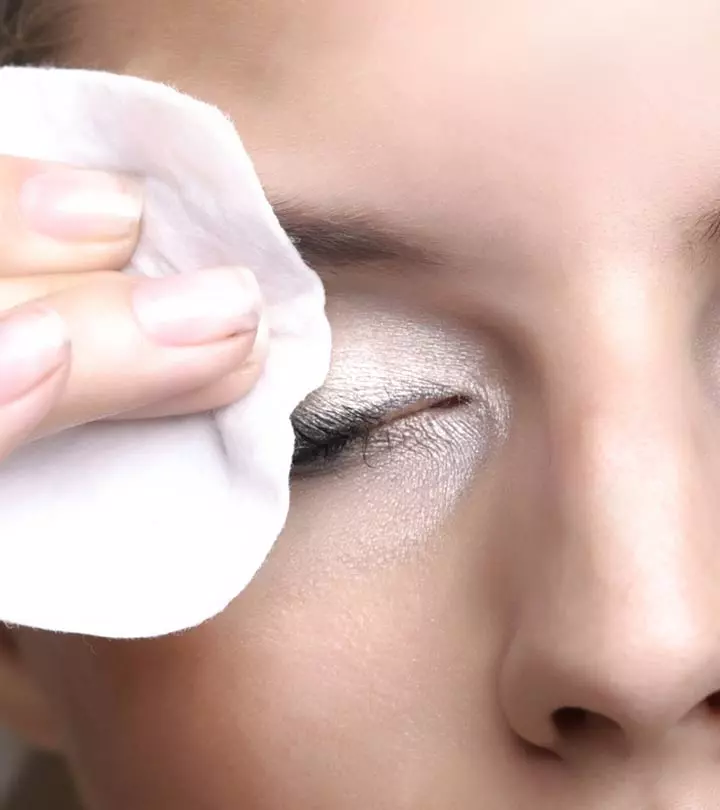

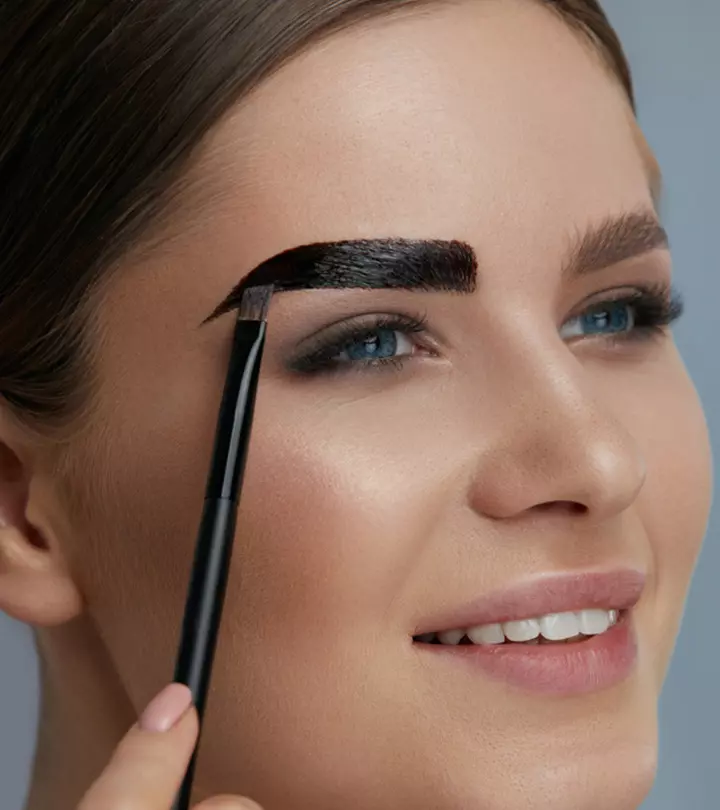

![How To Get Jalapeño Off Hands & Stop The Burn [5 Easy Remedies] Kids are playing with Sharpie](https://cdn2.stylecraze.com/wp-content/uploads/2021/10/How-To-Get-Jalapeno-Off-Hands-With-Pantry-Staples-And-Home-Remedies.jpg.webp)
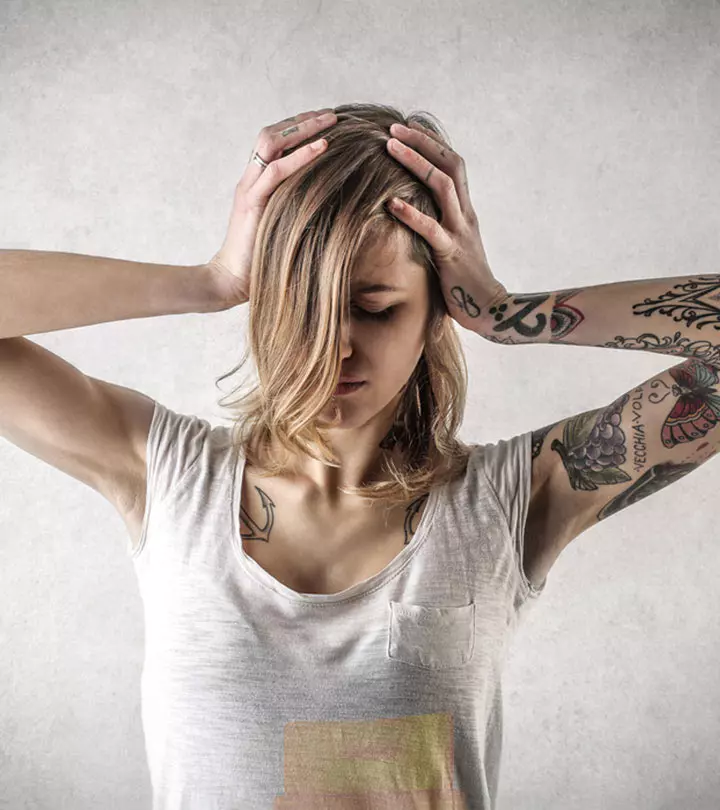












Community Experiences
Join the conversation and become a part of our empowering community! Share your stories, experiences, and insights to connect with other beauty, lifestyle, and health enthusiasts.